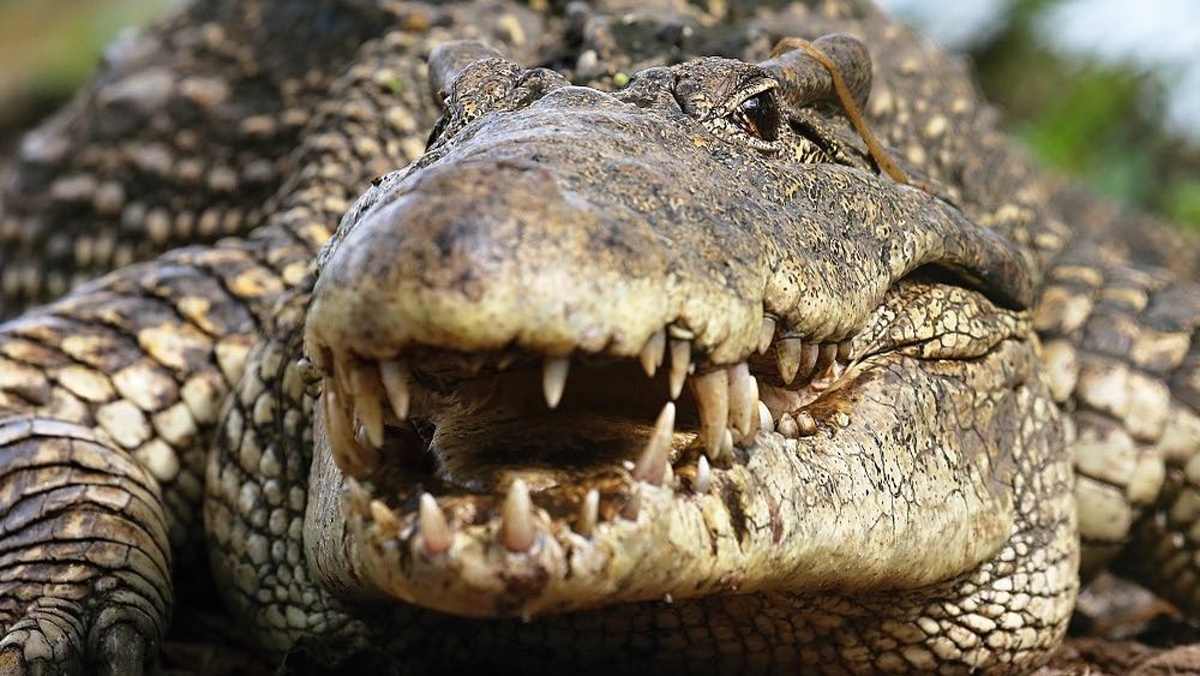Will we save the most terrifying predator?
27. 11. 2017
Gustavo's small office in Guama was packed full of things. He was just packing for a multi-day trip to the central part of the Zapata peninsula, to the flooded forests which provide the habitat for Cuban crocodiles. Our plan for the next days on Cuba was much more modest, and maybe I should have envied Gustav - but there was no reason to.

The Cuban crocodile is one of the deadliest predators of all. Even on dry land it can reach incredible speed and they are capable of cooperating in groups while hunting! There is no escape. Thousands of years ago, their prey also included a large land sloth the size of a bear. The Cuban crocodile is "programmed" to hunt large mammals, including humans, and it does not hesitate. It is known that when the first Spaniards arrived on Cuba they often became victims. Today, attacks on humans are very rare; but this is mainly because it is a critically endangered species which has the smallest area of occurrence among all crocodiles. It lives only on the Island of Youth and mainly on the Zapata peninsula, in a deserted area about the same size as Prague.
The Cuban crocodile trip to central Zapata is a life or death adventure. In the marshy forests of the swamp, travel is in flat-bottomed boats: but it is often necessary to pull them while wading chest deep in water or haul them over submerged trees. And you never know when you can come across a crocodile. At night a camp is formed, bounded by a fence that provides at least some protection. It is difficult to imagine a more demanding expedition. To be truthful: I was glad I did not have to decide whether to join Gustavo. As a foreigner, I would need not only a series of permits, but in case of an accident, a ship with medical personnel must be anchored on the coast.
Gustavo is one of those seeking to save the Cuban crocodile. The problems facing it are not only the small land area in which this species occurs and the evidently very low number of individuals, but also crossbreeding with the American crocodile. The Cuban crocodile is disappearing before our eyes. A large number of "purebred" individuals are produced at a farm in Guama, which is Gustav's main place of work, but it is still not clear what happens to them after being released into nature. In order to save this crocodile, a greater focus on research activities is needed. Groundwork for this was a further reason for undertaking our expedition.
The Cuban crocodile is indeed a terrifying predator, but it has the same undeniable claim to a place under the sun as any other species.
Miroslav Bobek
Director of Prague Zoo








